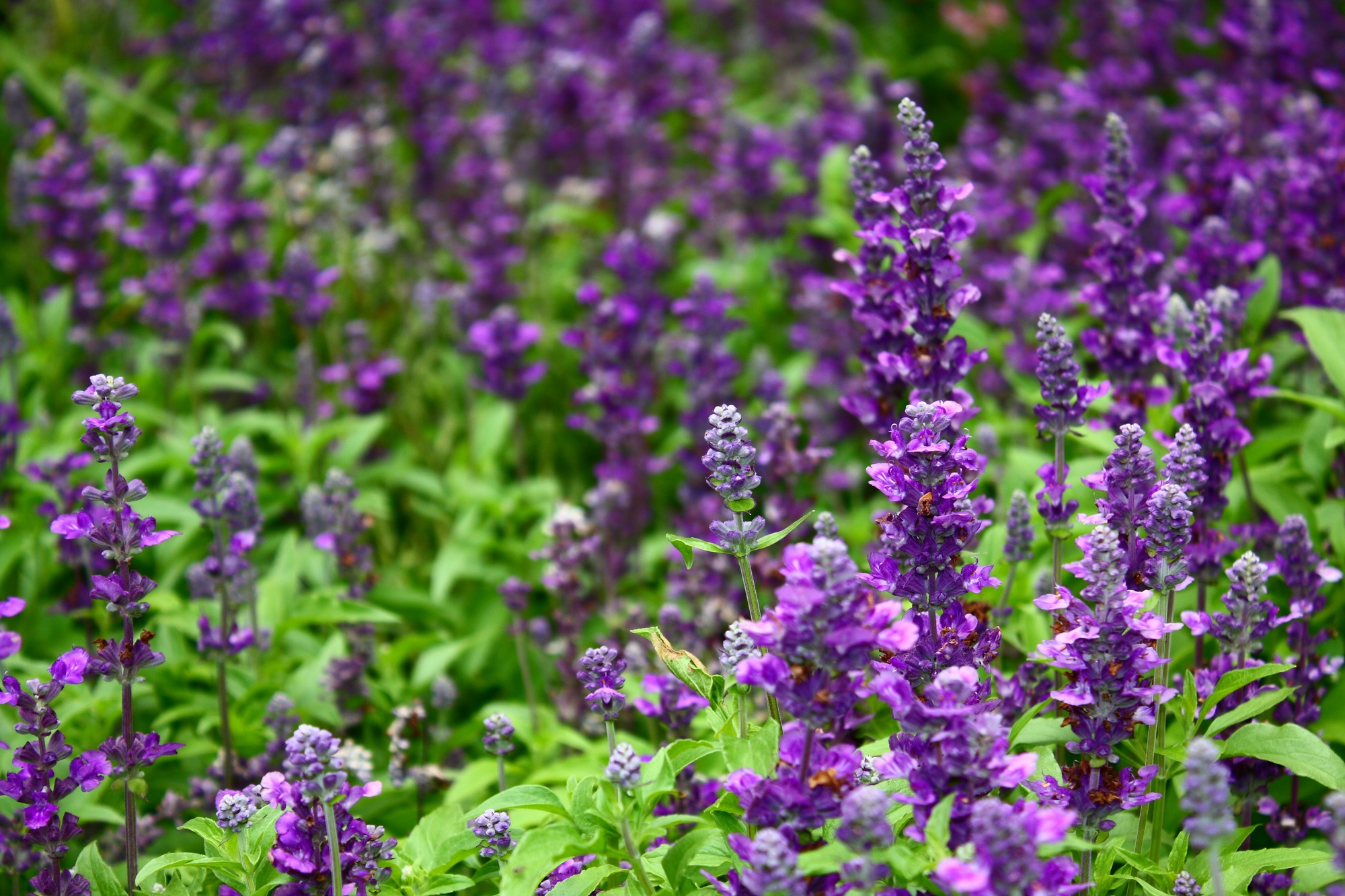It is said that Cleopatra anointed her body in lavender’s passionate scent to seduce Mark Antony. During Roman times, lavender gained prestige-status, with one pound of the precious purple herb costing more than the average laborer’s monthly wage.
Lavender is also laced with medicinal historical tales. In the 16th century, French glove makers who perfumed their wares with lavender appeared to escape cholera. In the 17th century, during London’s Great Plague, wearing a lavender wrist corsage was said to prevent infection. Today, as the 21st century blooms, a ginormous spotlight illuminates lavender and its reported power to treat mental health issues, anxiety, insomnia, high blood pressure, depression, headaches, hair loss, nausea, acne, toothaches, and (ready for this one?) cancer.
Poppy cock and twoddle? Not all the claims. A new study from University of California, Irvine supports lavender’s ability to lower blood pressure – but more importantly, explains for the first time the molecular mechanisms at work.1
The study, published September 2019 in Proceedings of the National Academy of Sciences (PNAS),2 illustrates how lavender, along with other botanical plants traditionally used to lower blood pressure, activate KCNQ5, a specific potassium channel in blood vessels. KCNQ5, together with other potassium channels, including KCNQ1 and KCNQ4, is expressed in vascular smooth muscle.
Giving credit where credit is due, the study researchers also found that fennel and chamomile activate KCNQ5 – although less remarkably than lavender.
Here’s the breakthrough. When activated, KCNQ5 relaxes blood vessels, making it a logical mechanism for at least part of the hypotensive actions associated with lavender.
“We found KCNQ5 activation to be a unifying molecular mechanism shared by a diverse range of botanical hypotensive folk medicines. Lavandula angustifolia, commonly called lavender, was among those we studied. We discovered it to be among the most efficacious KCNQ5 potassium channel activators, along with fennel seed extract and chamomile,” says senior investigator of the study Geoff Abbott, PhD, professor of physiology and biophysics at the University of California, Irvine’s School of Medicine.”
Dr. Abbott is not suggesting that you prescribe lavender-infused lotions, potions, diffusers, and candles for patients with high blood pressure. He does, however, point to the fact that the KCNQ5-selective potassium channel activation feature of the botanicals, like lavender, is lacking in the modern synthetic pharmacopeia. Until now, it seems to have eluded conventional screening methods utilizing chemical libraries, which may account for why it is not a recognized feature of synthetic blood pressure medications.
“Our discovery of these botanical KCNQ5-selective potassium channel openers may enable development of future targeted therapies for diseases including hypertension and KCNQ5 loss-of-function encephalopathy,” Dr. Abbott concludes.
Resources







